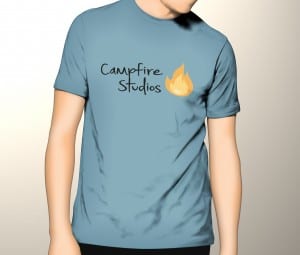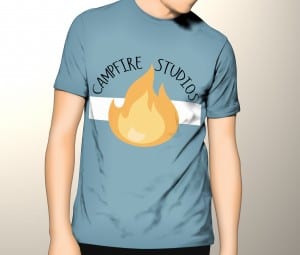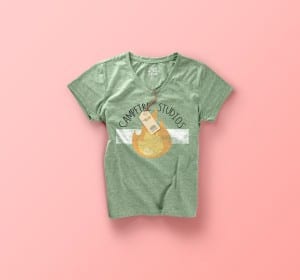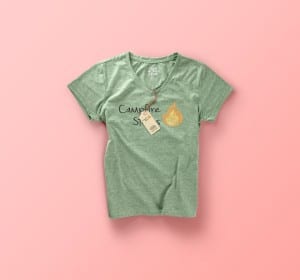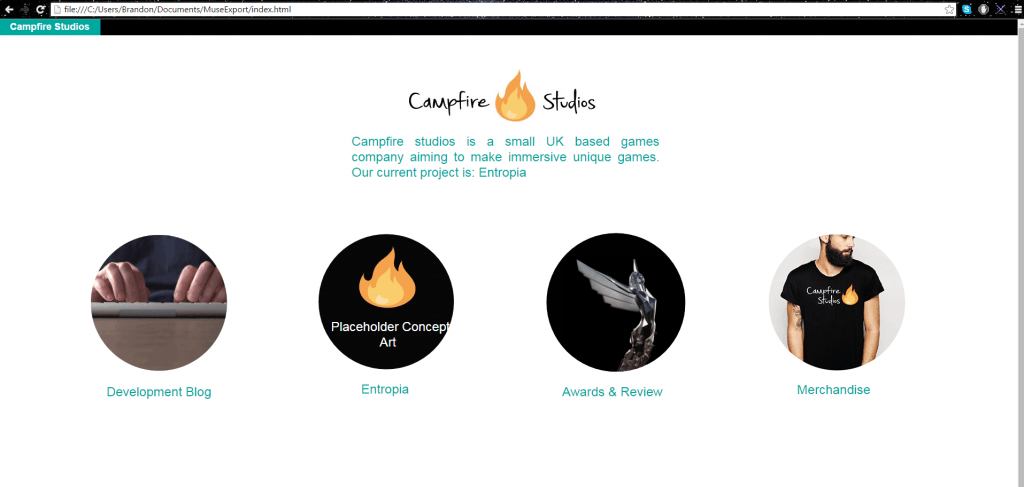In my previous logo development blog post I explored a multitude of designs, with different colour palettes, typography and fire vectors. During that blog post I favoured one design above the rest and so I decided to further adapt it and use it to create some more designs which felt thematically appropriate.
After trying new fonts and playing with some ideas I had before I feel as though designs 3 & 4 are appropriate for my logo and branding of my company. The font used feels easy to look at, similar to the fire in the regards of the soft colour and smooth edges, the colour of the fire also works well with just solid black whereas other iterations try to include the same colour as the fire and it feels visually weaker with, and without the black.
I struggled to pin down my opinion to just one design, so I decided to ask friends and other designers which they preferred, the general consensus was actually between 1 & 5, both of which received around 10 or more people picking between the two. After trying those logo’s on documentation, making them larger and smaller, both of them failed the test of where they were appropriate, design 5 in this instance worked better on documents where it was larger, but when shrunk the black lines in the font made it look bold and too loud.
Design 1 also looked good at the size it was in this document, however when it was made larger or smaller it had the issue of taking up too much space, or becoming illegible.
Whilst design 4 didn’t have as many people comment on it, I feel as though after trying to apply other logo variations to documentation it’s the most coherent design, which is applicable to most of the places I’ve tried to use it.
Overall I feel as though design 4 is the one I will choose as a finalized piece, the new typeface is visually stronger and the flame between both words works better than in previous renditions, also the new colour scheme feels a lot better to look at, the previous palette felt too harsh with the reds and yellows and the new subdued version is easier to look at.

